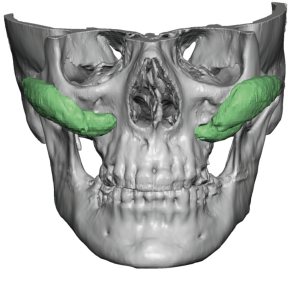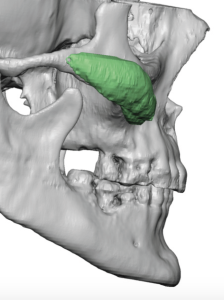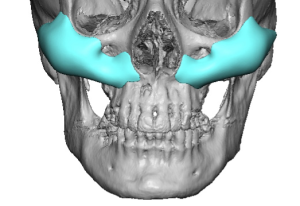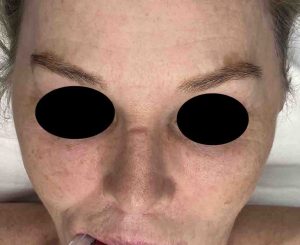Background: Cheek implants, while having been used clinically for a long time, pose challenges in both determining their aesthetic effects as well as their surgical placement. While seemingly simple in both regards cheek augmentation lessons are often learned from the initial placement of standard implants. In such situations the standard cheek implant serves as a ‘test’ of a cause and effect relationship that is yet to be determined.
When standard cheek implants are placed and a satisfactory aesthetic effect is not obtained the question becomes is it the footprint/shape of the implant, its thickness/projection, how they were placed or some combination of these factors. These lessons can then be taken and used in a custom cheek implant design for a better subsequent aesthetic result.
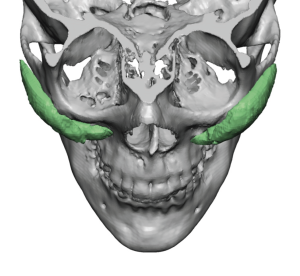
What she liked about her current cheek implants was the location but their effects were not significant enough. As a female she wanted a very strong cheek augmentation effect which, by her own admission, might be considered very large. She was not afraid of having too big of a result.
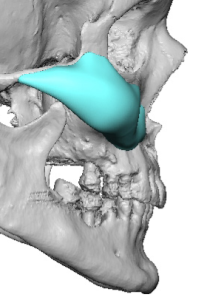
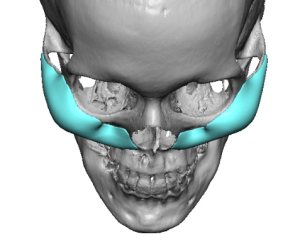
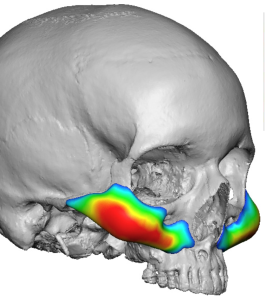
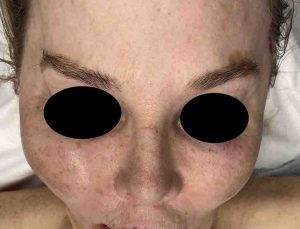
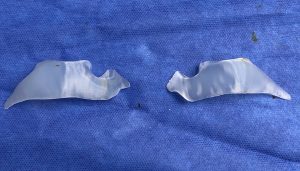
Case Highlights:
1) Custom XL cheek implants are custom made and are a combination of the footprint and maximum projection of the implants.
2) How much cheek projection a patient can tolerate depends on their prior cheek implant history which establishes a basis for the desired aesthetic goals.
3) Cheek implants have a significant risk of asymmetry which can be decreased in a custom implant design by building in placement guides.
Dr. Barry Eppley
World-Renowned Plastic Surgeon



